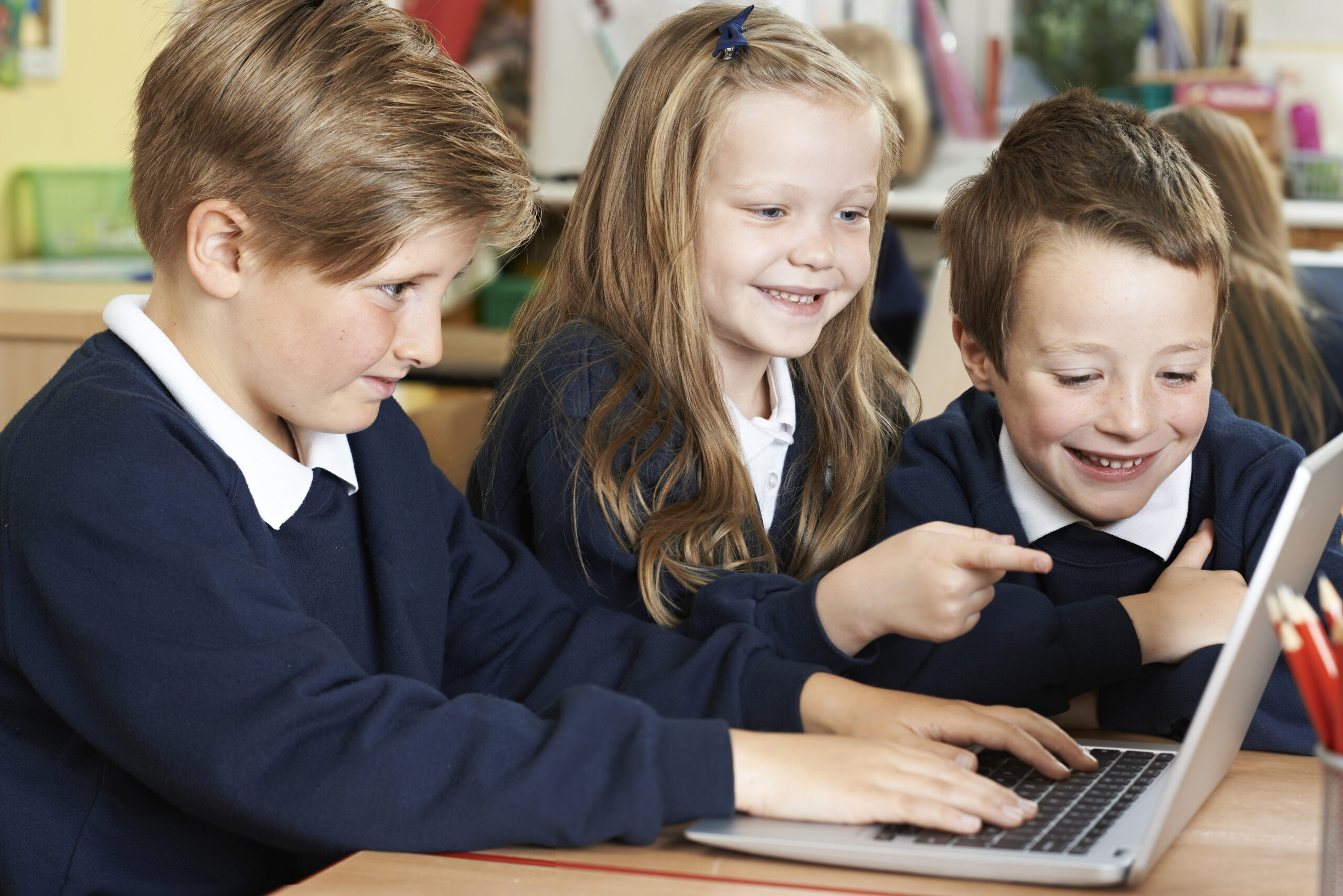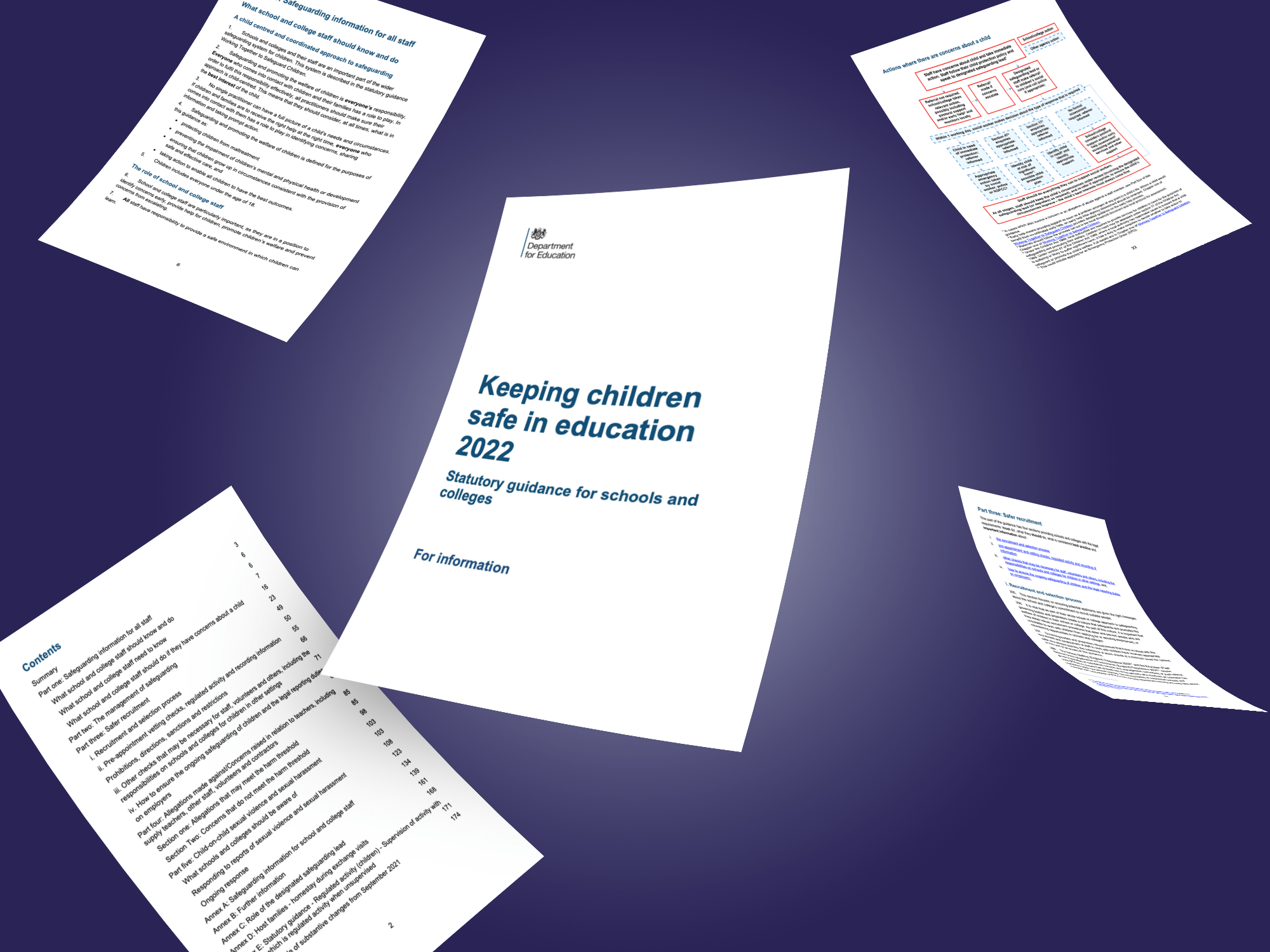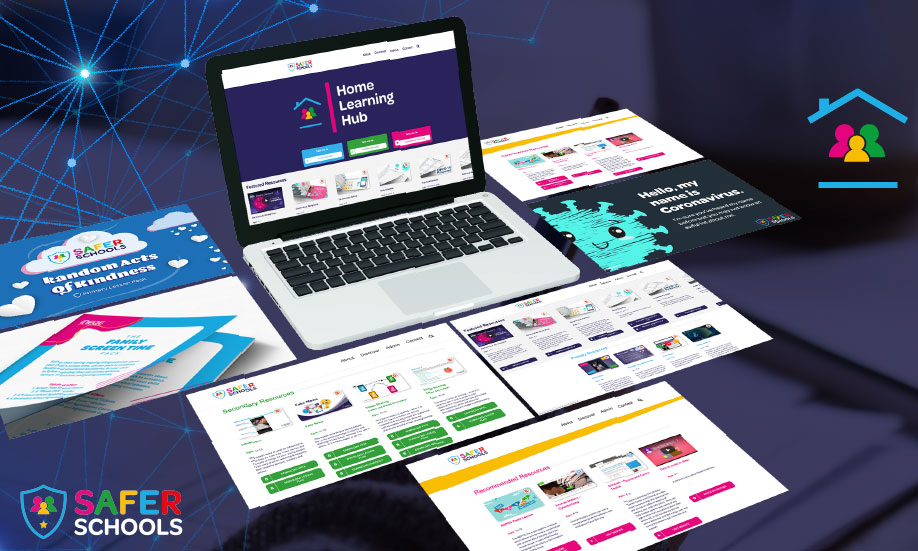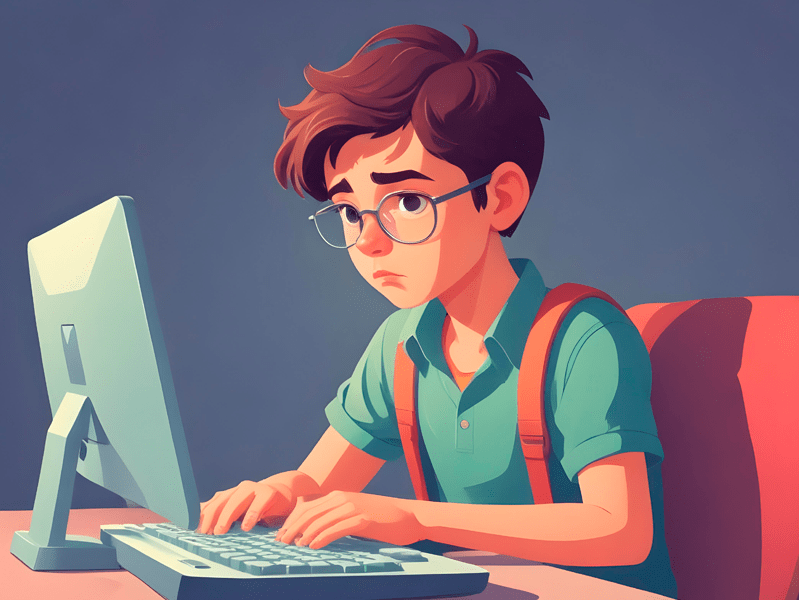Last Updated on 27th September 2023
After a consultation period that ran from January 2022 to March 2022, Keeping Children Safe in Education (KCSIE) 2022 was released on the GOV.UK website on May 20th, 2022.
General updates
The term ‘Peer-on-Peer Abuse’ has been updated and replaced with ‘Child-on-Child Abuse’ throughout the guidance to reflect the merging of ‘Sexual violence and sexual harassment between children in schools and colleges’ guidance into KCSIE 2022. Clarifications for the terms ‘victim’ and ‘alleged perpetrator(s)’ have also been added into the guidance.
Information on domestic abuse and its long-term impact on a child’s health, well-being, development, and ability to learn was included in this update as a safeguarding issue that can put children at risk of harm.
Sexual violence and sexual harassment (page 103)
The ‘Sexual violence and sexual harassment between children and schools and colleges’ advice has been incorporated into KCSIE 2022 to reflect the crucial role of a whole-school or college approach to preventative education. This includes information on how to identify harmful sexual behaviour, what support is available for schools and colleges, and how to work with parents and carers.
In particular, this guidance highlights that a ‘zero-tolerance’ approach to all child-on-child sexual violence and harassment should be implemented in all schools and colleges.
Disclosures (page 8)
KCSIE 2022 details some of the reasons why children and young people may not feel ready or able to tell someone else they are experiencing abuse, exploitation, or neglect. It acknowledges that children and young people may not recognise their experience as abuse, as well as pointing out that they could be struggling with humiliation or threats from their abuser.
However, the guidance emphasises that this should not prevent staff from exercising professional curiosity, and that they should bring any concerns they have to the Designated Safety Lead (DSL).
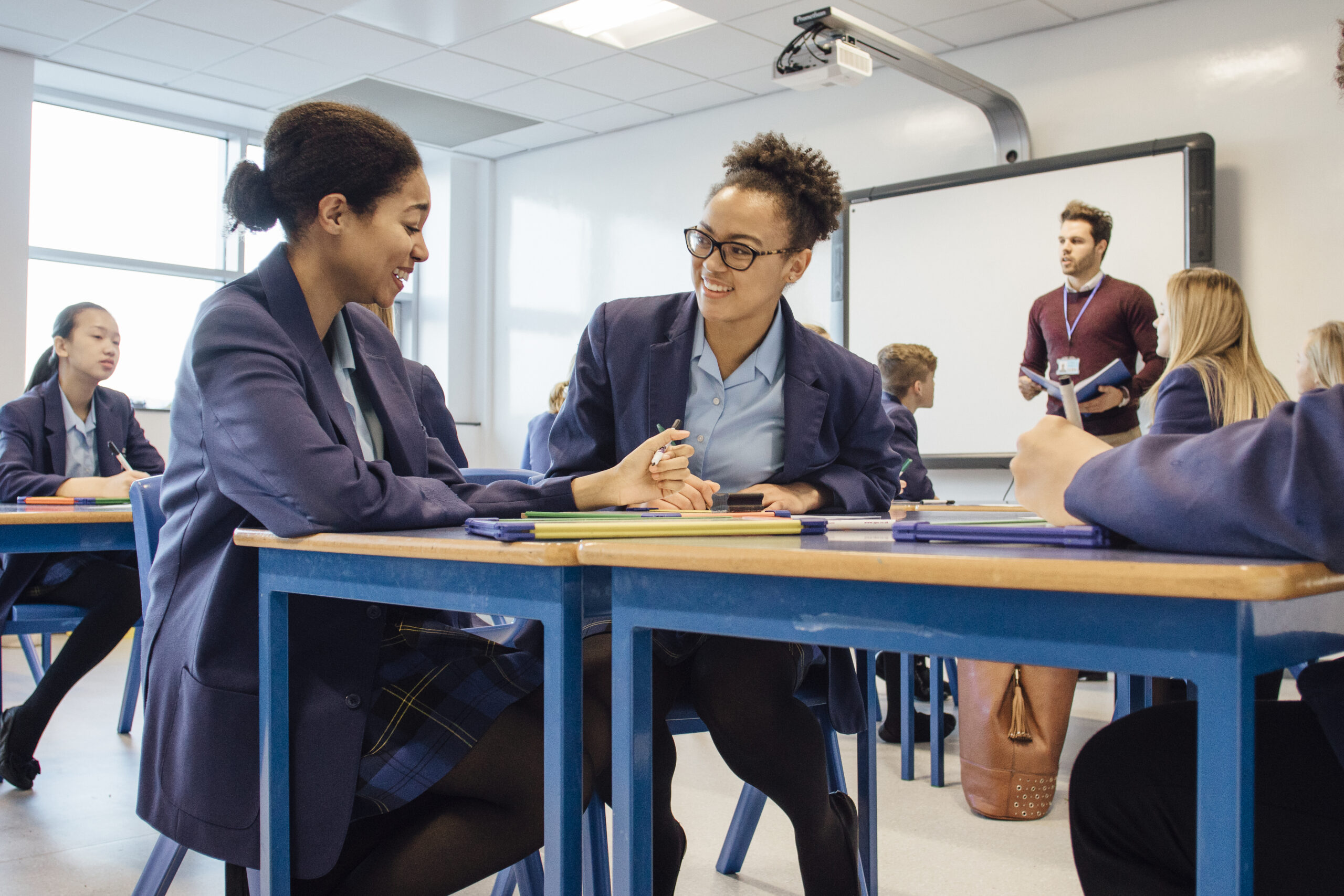
Low level concerns (page 100)
There is now a clearer process for sharing low-level concerns, stating that schools and colleges are free to decide how they are reported and who they are reported to. If low level concerns are shared with the DSL, they should inform the headteacher/principal of the school or college. Ultimately, it is the headteacher/principal who makes the next decision.
It is further recommended that governing bodies and proprietors should ensure that there are appropriate processes to handle all safeguarding concerns, regardless of whether they meet the threshold for escalation.
Children who are lesbian, gay, bi or trans (LGBT) (page 49)
Children who identify as LGBT are recognised as being potentially at greater risk of harm. It is acknowledged that children who are perceived as being LGBT by other children are at a similar or at the same level of risk as children who identify as LGBT.
KCSIE 2022 highlights that the risks faced by LGBT children may heighten if they do not have a ‘Trusted Adult’ in their life who they can be open with.
Training for governors and trustees (page 23)
According to this update, all governors and trustees should receive appropriate, regular training regarding safeguarding and child protection (including online harms).
Desiginated Safeguarding Lead role prominence (page 161)
The role, responsibilities, and tasks of the DSL are fully outlined in Annex C. The importance of the DSL role is emphasised throughout KCSIE 2022. Governors and Trustees are encouraged to read a DSL’s areas of responsibility and tasks.
Safer Recruitment (page 53)
It is recommended that schools carry out online searches as part of their checks on shortlisted candidates for staff roles. In doing so, schools may discover any incidents or issues that have occurred that are available publicly online. The interviewing bodies may wish to explore these further with the candidate.
Join our Online Safeguarding Hub Newsletter Network
Members of our network receive weekly updates on the trends, risks and threats to children and young people online.



